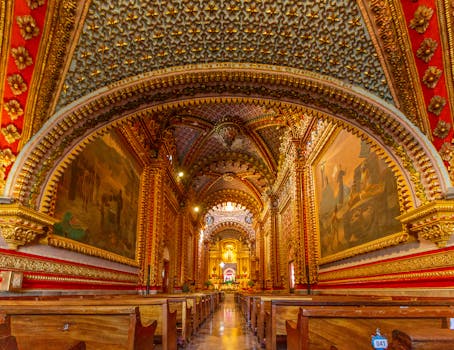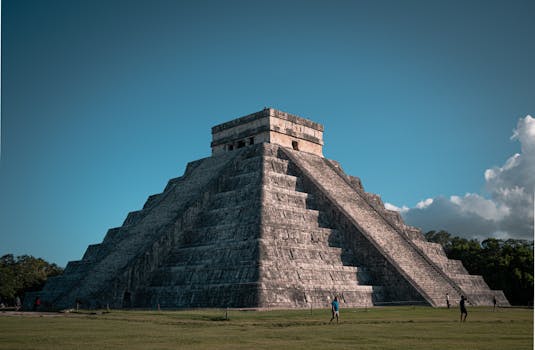The Visita de Calamajué: A Riveting Journey Back in Time (1766-1767)
The Visita de Calamajué: A Riveting Journey Back in Time (1766-1767)
In the vast panorama of history, tales of epic battles, grand civilizations, and momentous discoveries often capture our attention. However, today, we will explore a lesser-known yet equally captivating narrative. We will look back at the Visita de Calamajué, a historical expedition that took place between 1766-1767. This riveting tale offers a unique insight into human endeavor, courage, and resilience.
Setting the Scene: The Start of the Expedition
Picture vast, unexplored territories, a band of courageous men led by the fearless Juan Bautista de Anza, and a mission to establish a land route from Sonora to California. The Visita de Calamajué was not a quest for gold or glory. Instead, it was a strategic move to strengthen Spain's foothold in the New World.
In 1766, de Anza led a team of seasoned soldiers, native guides, and Franciscan missionaries, prepared to traverse the inhospitable desert and mountainous terrain. They set off from Tubac, a small presidio in what is now Arizona, venturing into the great unknown with a shared determination to succeed.
The Challenges: Battling Harsh Conditions and Unknown Terrain
The team faced numerous challenges. The arid desert, with its scorching sun and scarce water sources, was a formidable adversary. However, the men pressed on, their spirits undeterred. After a grueling journey, they reached the Colorado River, a sight that must have offered a glimmer of hope to the weary travelers. Yet, the crossing of the river, with its swift currents and lack of suitable boats, was a perilous endeavor. Displaying remarkable ingenuity and bravery, the team managed to cross the river, marking a significant milestone in their journey.
The Calamajué Mission: A Beacon of Hope
Their next stop was the Calamajué mission, a tiny outpost established by Jesuit missionary Fernando Consag in 1746. Here, in the vast wilderness, the team rested, replenished their supplies, and gathered strength for the next leg of their journey.
The Final Leg: From Calamajué to California
The journey from Calamajué to California was the most challenging part of the expedition. The team had to navigate treacherous mountain passes, cross raging rivers, and endure the harsh desert climate. Despite these hardships, the team pressed on, their determination unwavering.
Finally, in 1767, after a year of hardship and perseverance, the expedition reached Monterey, California. They had successfully established a land route from Sonora to California, a feat that would have far-reaching implications for the future of the region.
The Impact of the Visita de Calamajué
The Visita de Calamajué, though not as celebrated as other historical expeditions, is a testament to human courage and resilience. This expedition laid the groundwork for future explorations and settlements, shaping the course of history in the region.
As we delve into this fascinating slice of history, we are inspired by the indomitable human spirit, the courage to venture into the unknown, and the determination to overcome adversity. The Visita de Calamajué is not just a historical expedition; it is a symbol of human endeavor, resilience, and the relentless pursuit of progress.
Lessons from the Visita de Calamajué
So, the next time you face a challenge, remember the story of the Visita de Calamajué. Let it inspire you to forge ahead, to conquer the unknown, and to make your mark in the annals of history. Because, as the story of the Visita de Calamajué reminds us, with courage, determination, and resilience, nothing is impossible.
Conclusion
The Visita de Calamajué serves as a reminder of our capacity to overcome adversity and achieve remarkable feats. It's a tale of courage, resilience, and the relentless pursuit of progress that continues to inspire us today.





